Ten Animals and Plants Around the World That You Can (Virtually) Adopt
While COVID-19 stymies travel, help conserve those things—from cacti to manta rays—that will beckon you later
/https://tf-cmsv2-smithsonianmag-media.s3.amazonaws.com/filer/50/5f/505fb8c8-3132-4b62-8606-3d36da945813/manta_ray_maldives.jpg)
One of the positive developments that has come about during the COVID-19 pandemic is that more animals are being adopted than usual, in particular dogs and cats. However, plenty of other animals (and plants) around the world—many of which are threatened or endangered—need help, too. Here are ten species that are up for (virtual) adoption.
Saguaros, Arizona
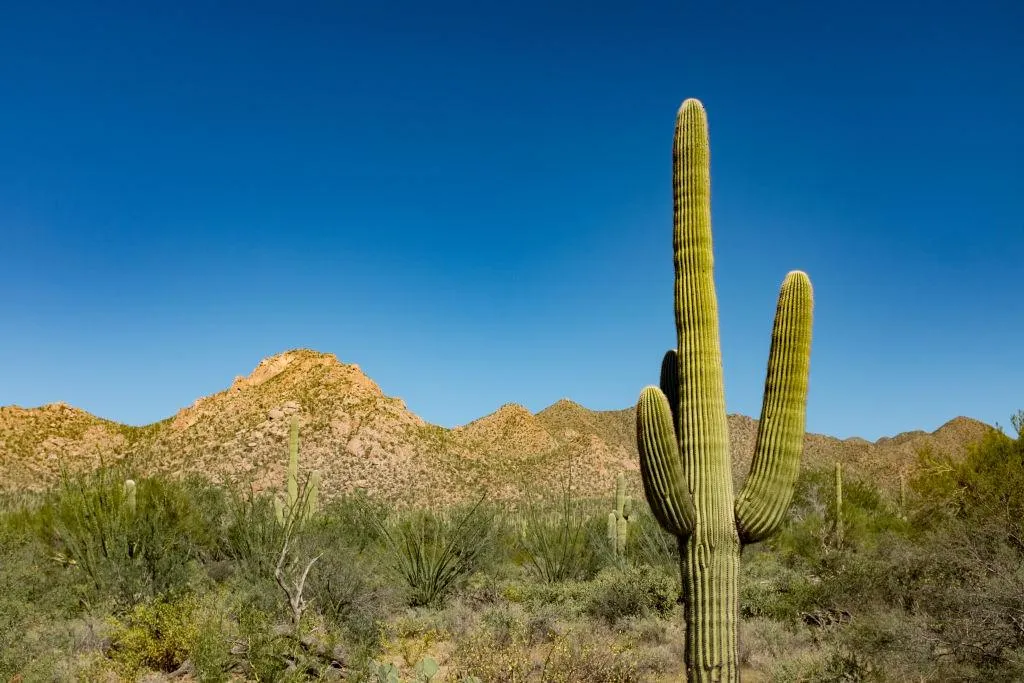
The Sonoran Desert in Arizona and Southern California is the only place in the world where saguaros grow. These towering cacti (Carnegiea gigantea) can live up to 200 years and reach 60 feet in height, making it the largest cactus species in the United States. One of the locations where saguaros grow in abundance is Saguaro National Park in Tucson, Arizona, with more than 1.9 million saguaros peppering the arid landscape. To help protect these prickly giants, the Friends of Saguaro National Park, a nonprofit fundraising partner of the National Park Service, has created an adoption program. Starting at $35, proceeds of each adoption go into a protection fund used for researching and maintaining the park’s forest of saguaros. (The organization also offers adoptions of various species living within the park, like coyotes, gila monsters and javelinas.)
Manta Rays, Republic of Maldives
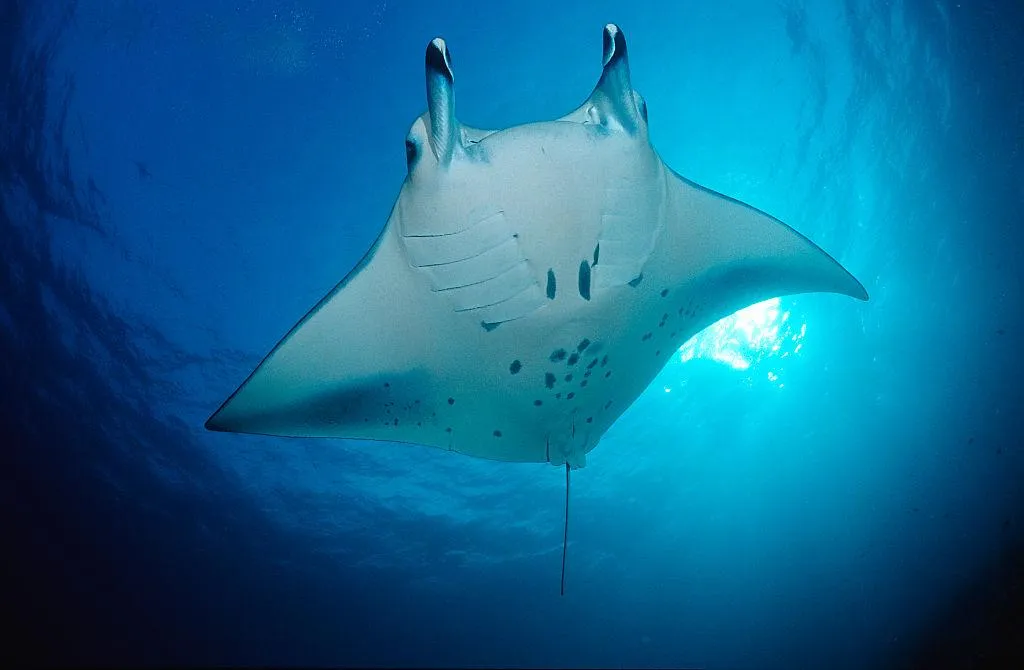
The aquamarine waters surrounding the Republic of Maldives are home to the world’s largest known population of manta rays, with numbers hovering around 5,000. These reef-laden tropical waters in South Asia serve as the species’ home base, and from June through November, the Ari Atoll just north of the island nation becomes a major aggregating ground for the winged fish flocking there to feed on zooplankton. Since 2011, the Manta Trust has been working on conservation efforts to help protect the species, which can live up to 50 years in the wild. One of those efforts is through public adoption. For $25, donors can choose from any one of a number of frequently sighted mantas available—Mrs. Flappy, Spiderman and George the Giant to name a few. The Manta Trust's Maldivian Manta Ray Project has identified more than 4,900 reef manta rays (Mobula alfredi) based on the unique spot patterns on their undersides. Donors receive a digital adoption packet that includes details specific to that individual, an activity packet and more.
Galápagos Tortoises, Galápagos Islands
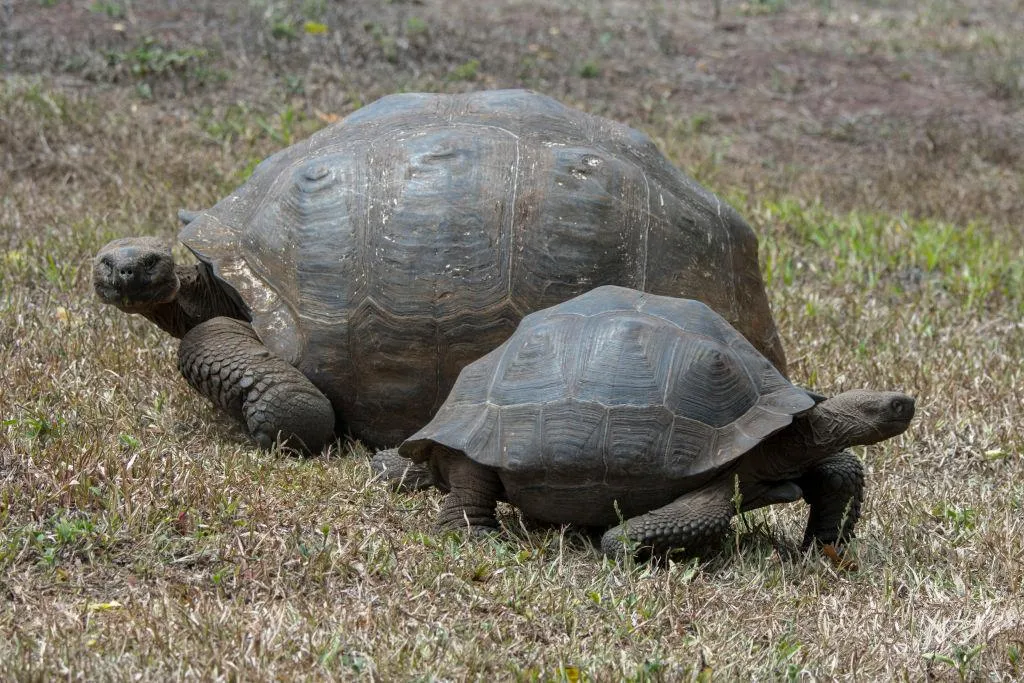
The Galápagos tortoise is the largest tortoise in the world, stretching more than 5 feet in length and weighing up to 550 pounds. Due to their vast size, humans began hunting them for their meat centuries ago, severely threatening their survival. (Fortunately, one particularly virile male tortoise helped bring them back from the brink as part of an island-wide breeding program.) Now many efforts are at play to help protect these gentle creatures, which can live more than 100 years in the wild. One organization in particular that’s leading the effort is the Galapagos Conservation Trust, a pioneer in research and conservation that runs an adoption program. For 35 pounds (about $44), donors receive an information packet about the species, a personalized certificate of adoption and a plush toy. The trust also offers adoptions of sea lions, hammerhead sharks and other species found around the archipelago.
Mountain Gorillas, Central Africa
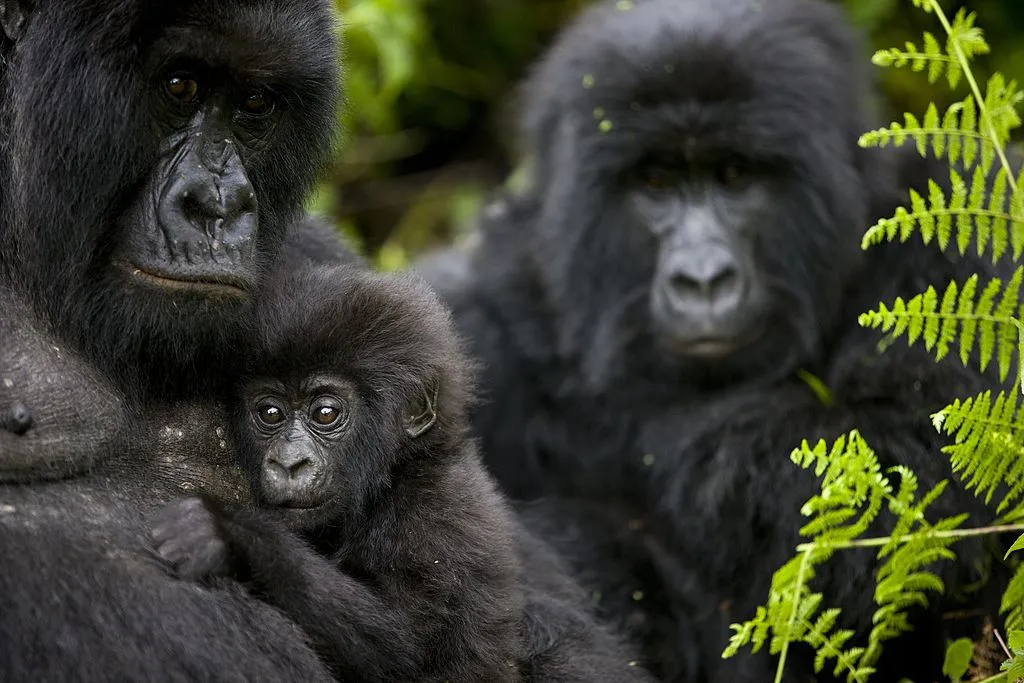
The future of the mountain gorilla, a species of great ape inhabiting the mist-blanketed mountains of central Africa, remains in jeopardy. The International Union for Conservation of Nature (IUCN) currently classifies it as an endangered species, with less than 1,200 remaining in Uganda, Rwanda and the Democratic Republic of the Congo. Human interference from poaching and deforestation has taken a toll on the giant herbivores, who feed on stems, roots and other greenery found throughout their forest habitat. To help ensure the survival of future generations of this species, the Gorilla Organization manages an adoption program that, starting at less than $4 per month, provides funding to support a variety of conservation projects, from reducing hunting snares to creating gorilla safe zones. Adopters receive an adoption certificate and news about their individual gorilla, as well as either a T-shirt or a plush toy.
Coral Reefs, Bermuda
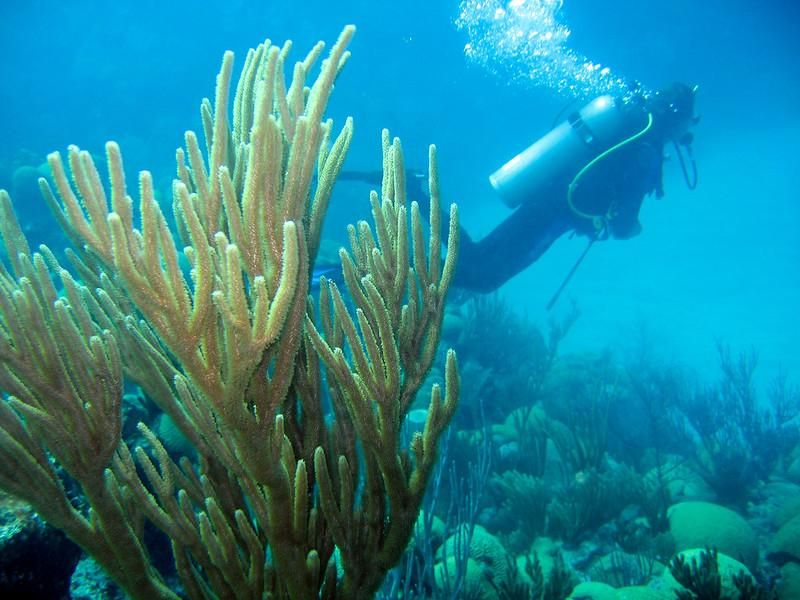
While coral bleaching due to rising water temperatures has been a global issue for a number of years, the reefs surrounding Bermuda remain relatively unscathed thanks to the island’s more temperate climate. Unfortunately, other outside sources, such as the construction of the local airport in the 1950s, have left some of the reefs severely damaged, infringing on an ecosystem that many underwater dwellers like blue angelfish and barracudas rely on to survive. To help maintain the current reefs while also planting new coral gardens, Living Reefs launched its “Adopt a Coral Garden” project in 2016. In exchange for a donation of $600 for a mini garden or $150 for a single polyp, adopters receive a ceramic plaque enscribed with their name. Those interested can inquire here.
Sequoias, Northern California

Found towering along the western slope of the Sierra Nevada mountain range predominately in Northern California, sequoias are some of the tallest trees and oldest living organisms on the planet, reaching heights of 300 feet and living up to 2,000 years. As part of its conservation efforts, Sequoia ForestKeepers manages an adoption program with funding that goes toward a variety of different programs, such as data collection on the health of the trees and sustainable land management practices. For $100 for a single tree or $2,500 for a stand of sequoias, donors receive a certificate of adoption, GPS coordinates and a map showing the location of the adopted tree, and an 8-by-10-inch photo of the sequoia.
Asian Elephants, Thailand
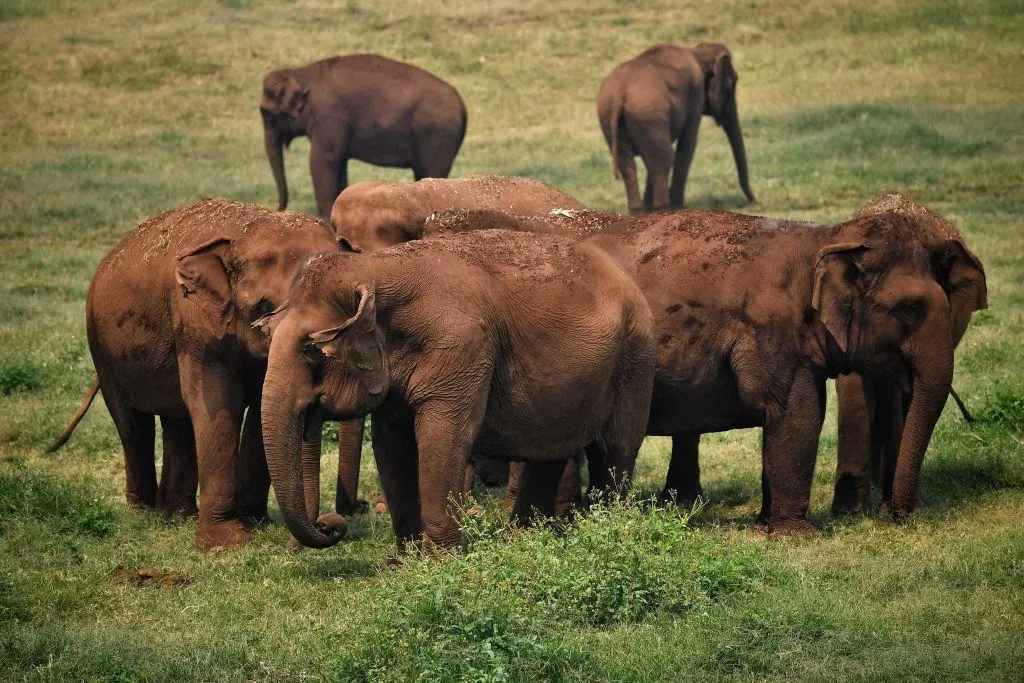
Since 2001, the Wildlife Friends Foundation Thailand has been instrumental in the conservation of Asian elephants, an endangered species whose numbers have been severely depleted over the years due to poaching and deforestation. According to the WFFT, 97 percent of the continent’s elephant population has already been lost, with approximately 2,000 individuals remaining in the wild. The WFFT maintains the Elephant Refuge, a rescue facility about 100 miles southwest of Bangkok that is home to several dozen elephants saved from mistreatment in the tourism industry, where they were forced to give rides and entertain the public. As part of the foundation’s adoption program, which starts at $38, donors receive an adoption certificate plus periodic email updates on their adopted elephant.
West Indian Manatees, Florida

Despite being downgraded on the endangered species list in 2017, West Indian manatees are still a threatened species protected under a number of laws, including the Marine Mammal Protection Act of 1972 and the Florida Manatee Sanctuary Act of 1979. Today roughly 5,700 of these gentle mammals (often called sea cows) float in Florida’s waterways, and although they have no known natural enemies, they are susceptible to human interference, particularly collisions with watercraft and water pollution. The nonprofit Save the Manatee Club has been doing its part since 1981 to educate the public about the species’ vulnerabilities as well as to protect these mammals and their warm-water habitats. One way to help is through the club's Adopt-a-Manatee program. For $25, donors receive an adoption certificate; a photo of a manatee that frequents spots like Blue Spring State Park, Homosassa Springs State Park and Tampa Bay; a subscription to a Manatee Zone newsletter and a membership handbook.
Horseshoe Crabs, Delaware Bay
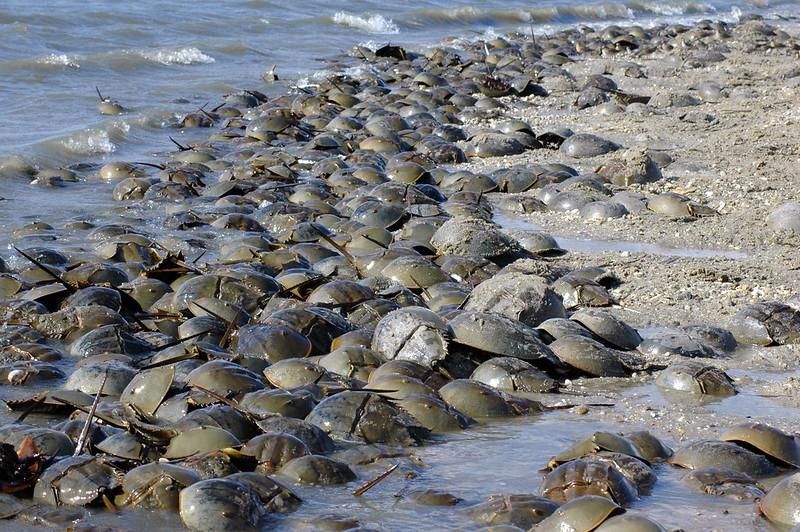
Horseshoe crabs can be found crawling along the shores of the Atlantic Ocean from Maine to as far south as the Yucatán Peninsula in Mexico. But their favorite breeding ground has remained the same for ages: the Delaware Bay. Each spring, beginning in late April or early May, tens of thousands of these arthropods, whose history stretches back some 400 million years earning them the much-deserved title of “living fossils,” descend on this stretch of sand to lay their eggs. But despite the species’ longevity, they still need the help of conservation efforts. The New Jersey-based nonprofit Wetlands Institute estimates that Delaware Bay’s horseshoe crab population has decreased by 90 percent over the last 150 years due to overharvesting. Though the practice is on the decline, humans historically extracted blood from horseshoe crabs, because its sensitivity to endotoxins made it crucial, before a synthetic substitute was developed, for testing for bacterial contamination on medical devices. Wetlands Insitute created an adoption program to help. Starting at $25, adopters receive a digital photo of a horseshoe crab and adoption certificate, plus a copy of its annual newsletter.
Kiwis, New Zealand
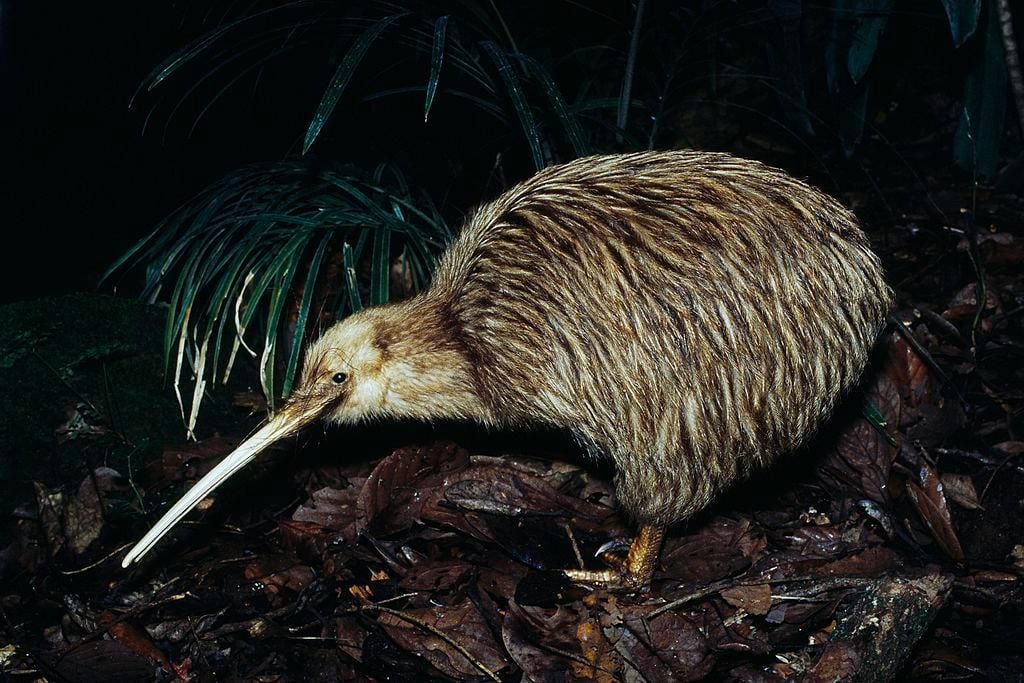
Native to New Zealand, kiwis are synonymous with the island country. The Maori, the first people to live on the island, named the bird, which is now New Zealand's national bird. Since 1971, Otorohanga Kiwi House has been protecting these flightless birds. Approximately 70,000 kiwi remain in the wild today, and because they can’t fly, they’re particularly vulnerable to predators. To help protect their numbers from further decline, Kiwi House offers an Adopt a Kiwi House Critter program. Available birds include the great spotted kiwi and the brown kiwi, two of the five kiwi species found in New Zealand. Adoptions cost $60 per year, and the funds go toward conservation efforts, such as breeding programs. Adopters receive an adoption certificate, plush toy and one free admission to view their adopted bird in person at the facility.